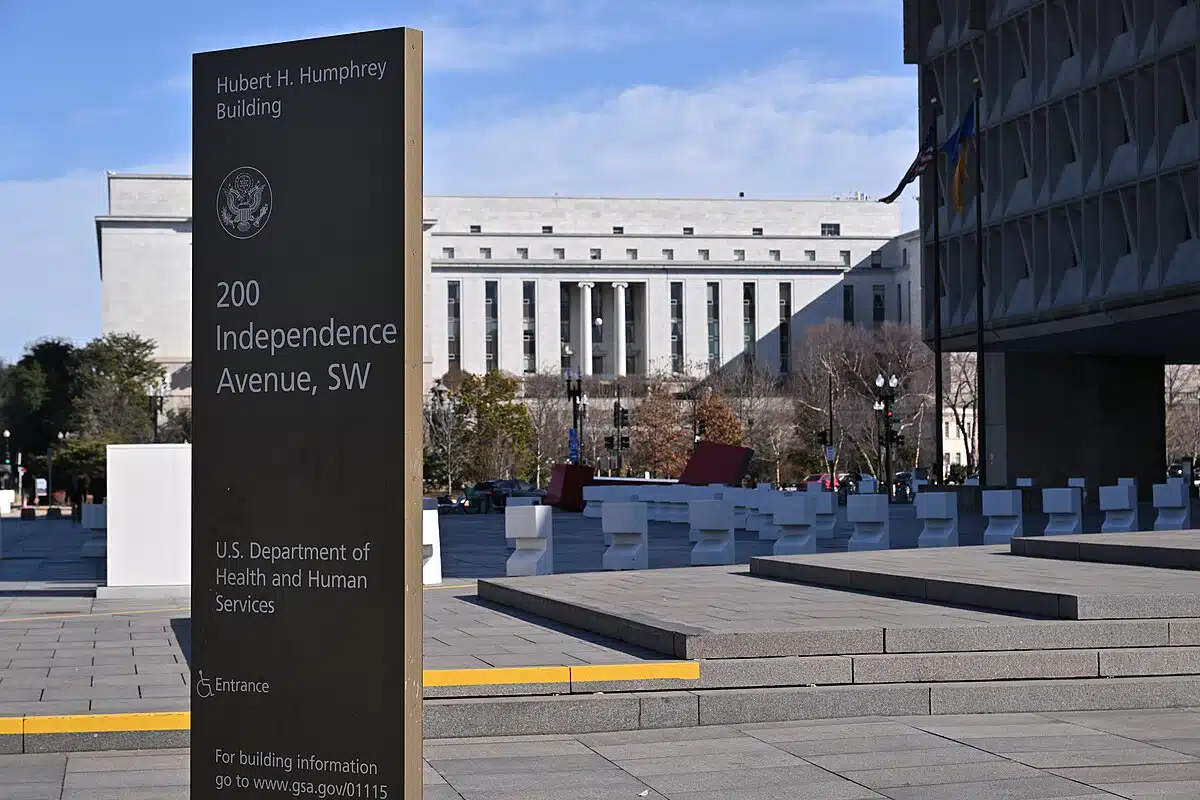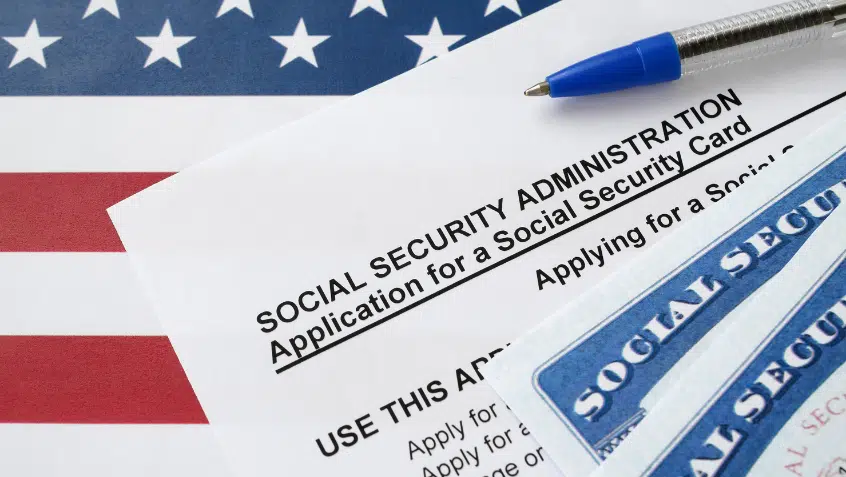New Report Confirms Rapid Expansion of Telehealth Services

In early 2020, Congress and the Centers for Medicare & Medicaid Services (CMS) added temporary telehealth flexibilities to Medicare to help beneficiaries safely obtain needed services during the pandemic.
The legislative and administrative updates broadened Medicare telehealth coverage in a number of ways. From expanding the list of allowable services and methods of communication to waiving restrictions on where patients and providers are located, the public health emergency changes have allowed more beneficiaries to receive more services via telehealth, using more types of technology, and from more locations, including their own home.
The uptake was swift. Telemedicine use, particularly in Original Medicare, grew dramatically within a matter of weeks. Before the pandemic, approximately 13,000 beneficiaries received telemedicine in any given week. By the end of April 2020, that number had skyrocketed to 1.7 million.
Many of these telehealth policies are time-limited and will expire when the public health emergency period does, unless policymakers step in and extend them. With such decisions looming, a new brief from the Kaiser Family Foundation (KFF) discusses the current Medicare telehealth coverage landscape and potential next steps.
The brief confirms the rapid and widespread nature of the coverage expansions. According to KFF, one in four Medicare beneficiaries had a telehealth visit during the COVID-19 public health emergency, and most of those visits were done by phone (56%). Telehealth use was higher among Medicare beneficiaries under the age of 65 (53%), beneficiaries enrolled in both Medicare and Medicaid (55%), Black (52%) and Hispanic (52%) beneficiaries, and those with six or more chronic conditions (56%).
While Medicare Rights applauds the successes of the pandemic-specific telehealth changes, KFF’s findings underscore how much is still unknown about the impact of these sudden shifts on beneficiaries and the program.
Critically, the developments during the public health emergency represent the biggest shift in Medicare telehealth policy and utilization since the services were created nearly 25 years ago. Although these flexibilities have addressed some systemic barriers, the beneficiary experience has been mixed. Some callers to the Medicare Rights Center’s national helpline have reported greater access to care, while others are being left behind.
We continue to urge policymakers to move forward deliberately and collaboratively, collecting and following the data, and prioritizing health equity as well as beneficiary needs and preferences. Doing so will best ensure a system that works for all people with Medicare.
The Latest
Most Read
Trump Administration and Elon Musk’s DOGE Closing Social Security Offices, Harming Access to Services
Threats to the Social Security Administration and to Benefits Continue to Raise Alarm
New Resources Show House Budget Would Slash Medicaid, Despite Voters’ Support of Program
Federal Government Funding Decisions Loom
Add Medicare to Your Inbox
Sign up to receive Medicare news, policy developments, and other useful updates from the Medicare Rights.
View this profile on InstagramMedicare Rights Center (@medicarerights) • Instagram photos and videos









